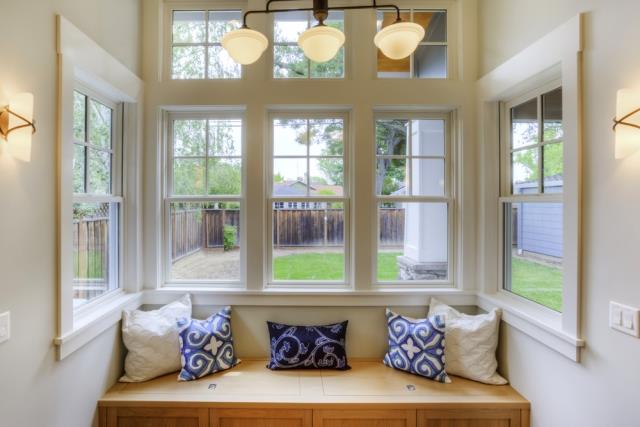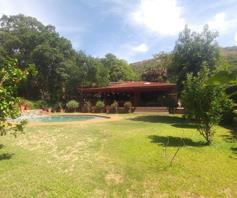Insulation is the key to a comfortable and energy efficient home, keeping noise out and maintaining a regular temperature inside.
With growing environmental concerns internationally and increasing local electricity costs, decreasing energy consumption at home and at work is becoming a necessity.
This is according to Pieter Malherbe, MD of Teva Windows, who says they’ve seen the value of utilising sustainable building materials. “uPVC has the potential to improve quality of life while reducing environmental impact. It’s win-win.”
However, Pieter says there is a lot of misinformation out there. Even South African building professionals including architects, contractors and engineers are nervous to recommend uPVC due to a lack of experience with the product, preferring to advocate for more familiar materials such as aluminium and wood.
He says market education is imperative so that owners can choose the most appropriate products for their properties, according to the accurate information.
Pieter shares common myths about uPVC and the facts you need to know….
1. Double glazing is the only answer
Double glazing is an effective method of insulating your home against the elements. However, glass is not the only element of a window. The framing material has a surprisingly significant effect on insulation.
Traditional materials like aluminium and steel are conductive, not only allowing energy and heat to move through the material into or out of the room, but also transferring energy to the glass itself. With these old framing materials, double glazing will improve insulation.
uPVC on the other hand is entirely non-conductive. In fact, a high-quality uPVC window with single glazing will provide similar insulation to an aluminium window with double glazing, at a lower cost.
If energy efficiency is a top priority for you, then combining uPVC with double glazing will offer serious benefits.
2. It will discolour
Particularly in the case of white uPVC, homeowners are concerned that the material will yellow or grey, having seen the effects of time on PVC piping.
uPVC is in fact a completely different formulation because it is an un-plasticised material. It is therefore not brittle or porous and is unaffected by moisture and heat.
Nevertheless, it is important to ensure that the uPVC supplied is UV stable and SABS approved, so that it can withstand the abundant South African sun.
Ask potential suppliers to show you examples of previous projects that are more than 5 years old, so that you can see for yourself how the product fares under the weather conditions in your region.
3. It is plastic: toxic and non-recyclable
uPVC is fully recyclable and one of the most energy and water efficient materials to manufacture.
In fire tests, it was shown that uPVC windows release less toxins than other window frame materials, including wood.
4. It is weak
Many homeowners are concerned that uPVC windows won’t be able to bear the necessary weight and will buckle, crack or decay.
uPVC is a strong material and high-quality frames will have internal steel reinforcement.
As with any product, there are restrictions on structurally safe heights and widths. A reputable supplier will be able to advise you on how to get the maximum glass surface area without compromising structural integrity.
5. It is expensive
Construction and renovation is a costly business with seemingly endless hidden expenses.
Contractors and owners are understandably vigilant about keeping costs down. When comparing the same level of glazing (single or double), uPVC may be marginally more expensive than aluminium.
If you’re installing a large number of windows this may start to add up. However, as mentioned, uPVC offers almost double the insulation value of aluminium. As such, your electricity bills will be significantly reduced.
You could also decrease your glass expenditure by installing single glazed windows, which offer nearly the same insulation value as double-glazed aluminium. Even if you choose to invest a little more in double glazing with uPVC, your long-term costs are reduced.
The material is low maintenance and doesn’t require replacement for a number of decades. Some contractors may recommend the cheapest option right now to protect their margins, but you need to think about the most cost-effective option in the long term.
6. uPVC is uPVC
Not all uPVC frames are created equal. One of the reasons that many homeowners and developers are suspicious of uPVC is that they have had or heard of negative experiences.
There are some suppliers who use uPVC formulations which are not specifically formulated for the South African climate and may not be UV stable. Some have questionable manufacturing practices, leading to low quality products.
Many are inexperienced at installation and leave the owner to solve the resulting problems. It is therefore worth doing some research into your supplier’s track record and asking for references.










